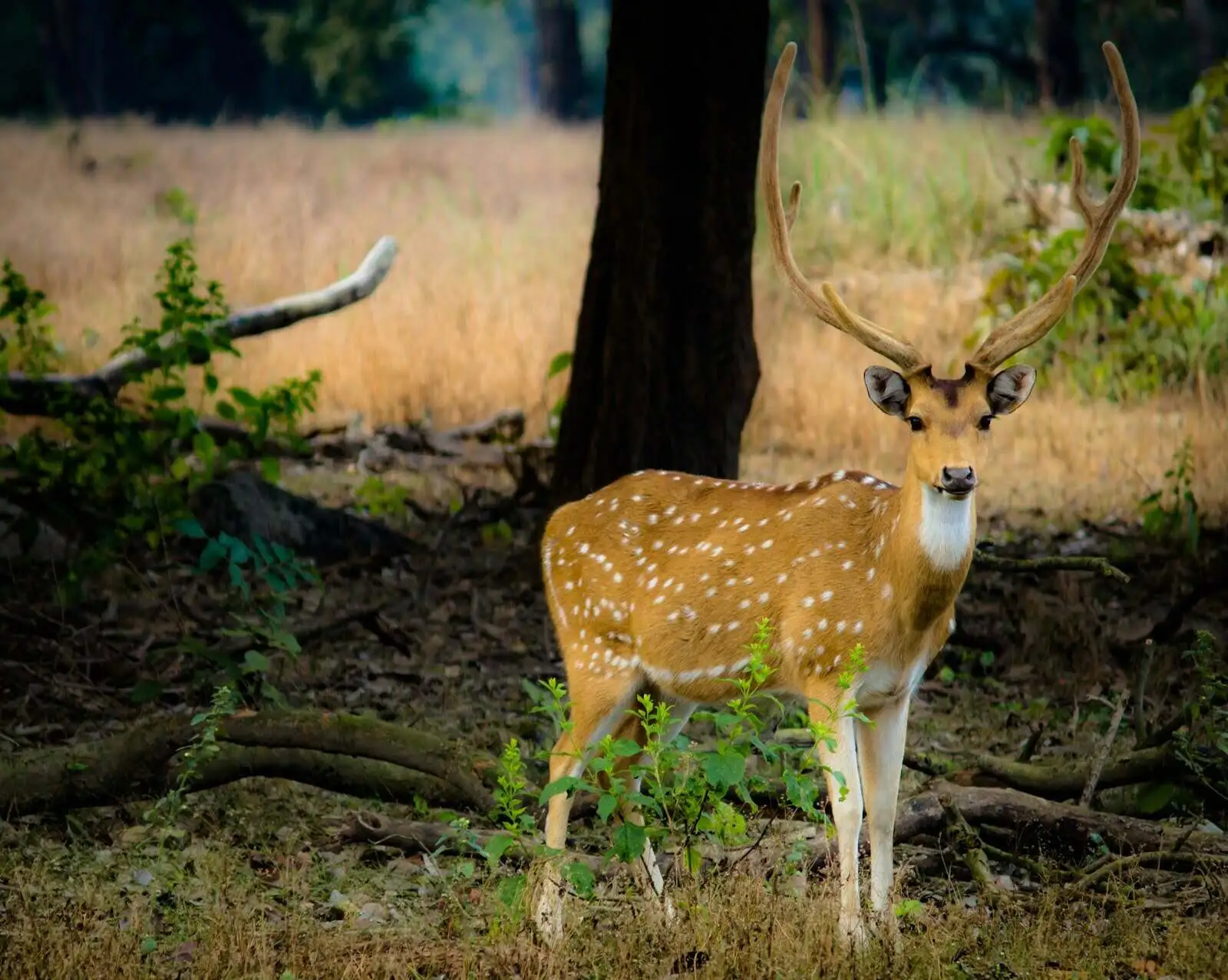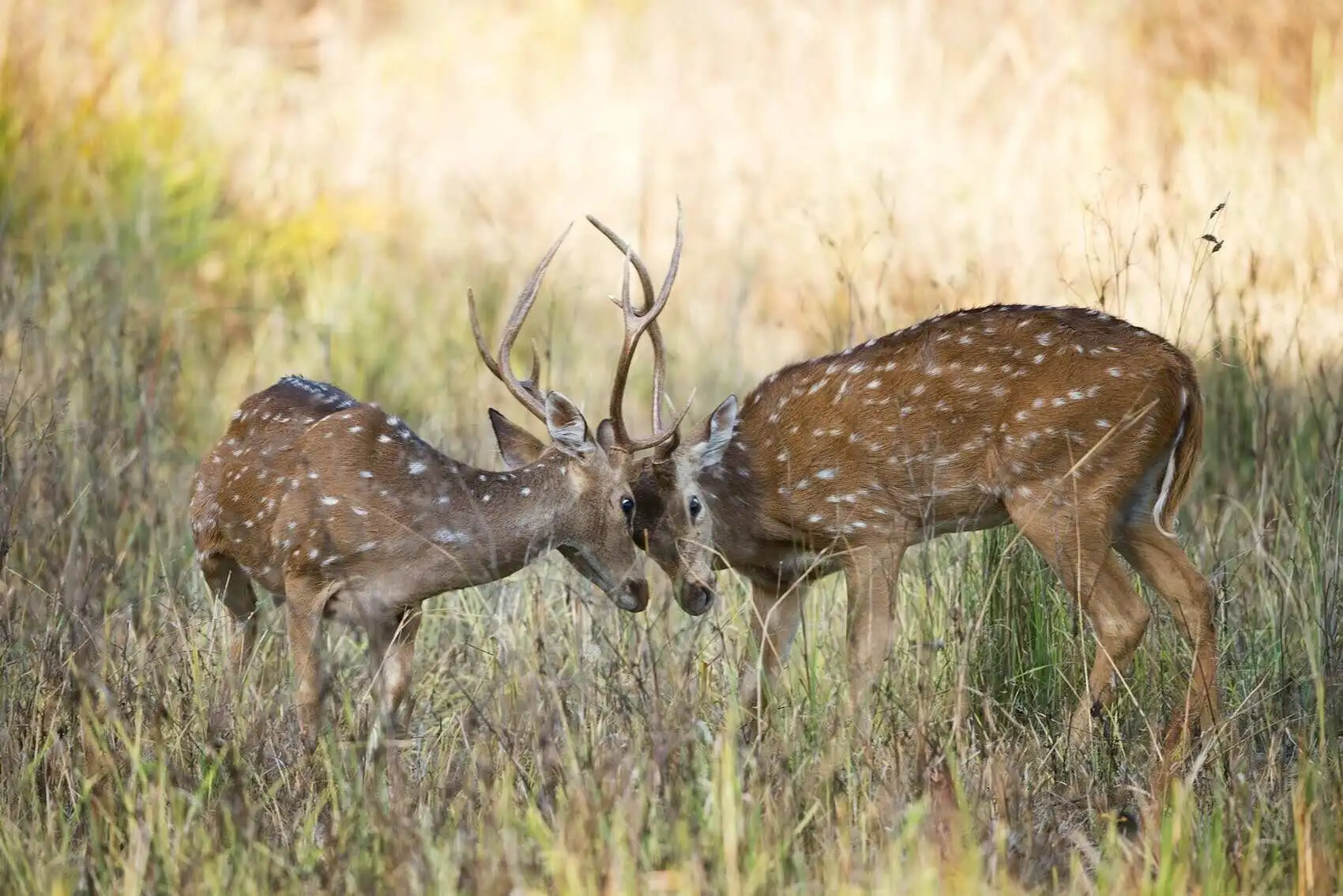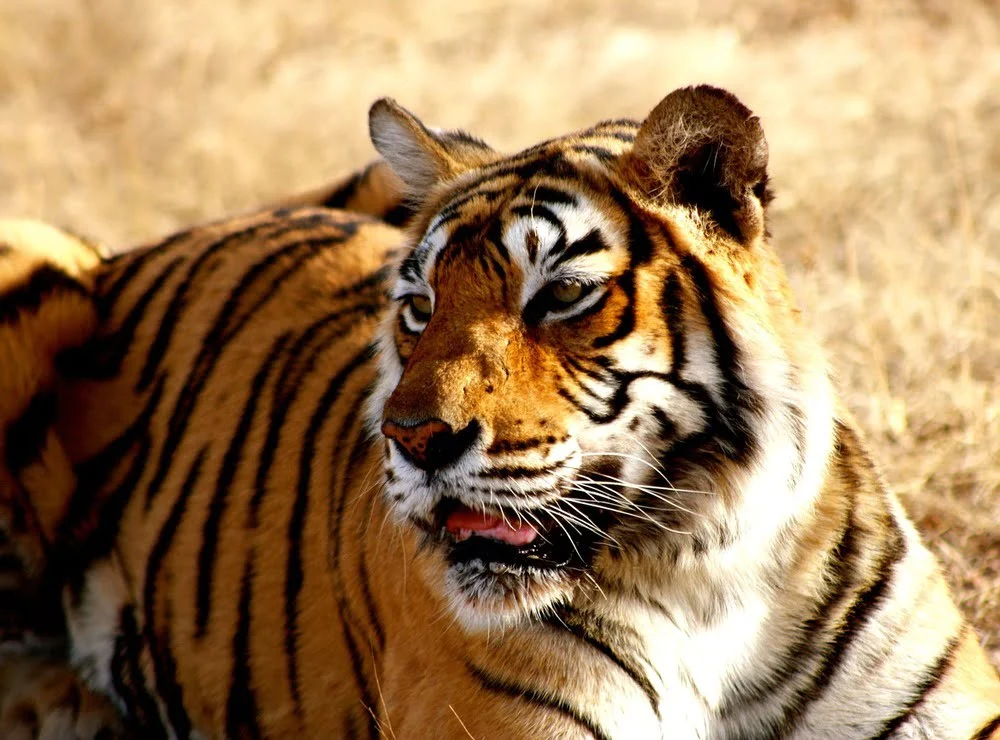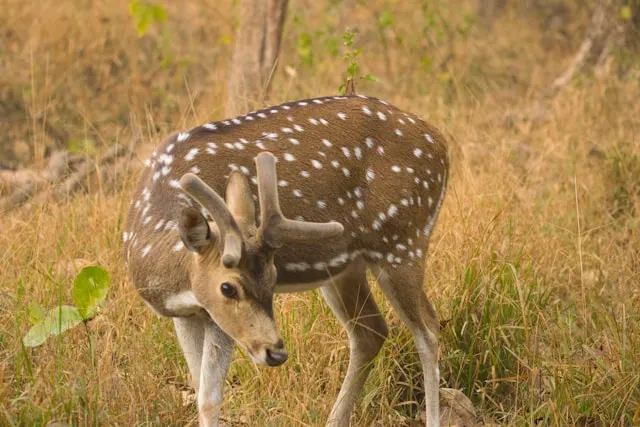Wildlife Photography in Corbett
Wildlife Photography in Corbett National Park
Corbett National Park is a dream destination for wildlife photographers. Nestled in the foothills of the Himalayas, its mix of dense sal forests, wide riverbeds, and open grasslands offers breathtaking frames at every turn. From majestic tigers and roaming elephants to deer grazing by the Ramganga River, every safari in Corbett unveils a new story waiting to be captured through your lens.
Why Corbett is Perfect for Wildlife Photography
Corbett’s landscape blends drama and tranquility, misty mornings, winding rivers, and sunlit clearings provide a stunning setting for photography. The park is home to a rich variety of wildlife including:
- Royal Bengal Tigers and Leopards: The ultimate highlight for every photographer.
- Elephants and Deer Herds: Ideal for capturing animal interactions and movement in natural light.
- Crocodiles and Otters: Unique subjects found along the riverbanks and water channels.
- Over 600 Bird Species: Including crested serpent eagles, hornbills, kingfishers, and drongos, making Corbett a paradise for bird photographers.
With its incredible diversity and ever-changing light, Corbett provides endless opportunities to create truly iconic wildlife images.
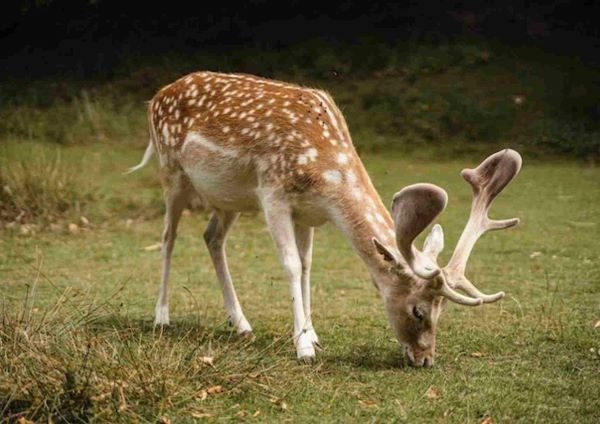
Best Zones for Photography
- Dhikala Zone: Famous for tiger and elephant sightings, scenic river views, and golden grasslands.
- Bijrani Zone: Offers a perfect mix of dense forest and open meadows, ideal for tiger and deer photography.
- Dhela & Jhirna Zones: Great for bird photography and capturing forest textures in softer light.
- Durga Devi Zone: Known for scenic river landscapes, leopard sightings, and rare bird species.
To truly capture Corbett’s essence, explore multiple zones and visit during early mornings or golden hours, when the forest reveals its most magical colors and moods.

Tips for Wildlife Photography in Corbett
- Use a Telephoto Lens – 200mm or above is ideal for close-up shots without disturbing wildlife.
- Go Early or Late – The golden hours around sunrise and sunset provide soft, beautiful lighting.
- Be Patient – Wildlife is unpredictable; patience often results in the best shots.
- Respect Nature – Keep a safe distance from animals and avoid sudden movements or loud noises.
- Carry Essentials – Binoculars, extra batteries, memory cards, and a sturdy tripod can make a big difference.
Best Seller Packages
2 Nights / 3 Days
Corbett Weekend Tour
3 Nights / 4 Days
Corbett Budget Tour
6 Nights / 7 Days
Corbett & Ranthambore Safari
7 Nights / 8 Days
Corbett, Ranthambore & Taj Mahal Safari
Capture Memories that Last a Lifetime
FAQs – Wildlife Photography in Corbett
Is Corbett National Park good for wildlife photography?
What is the best time of day for photography?
Early morning and late afternoon are best for photography in Corbett, offering golden light and higher chances of spotting active wildlife.
Which zones are best for photography?
- Dhikala Zone: Best for tigers, elephants, and scenic grasslands.
- Bijrani Zone: Great for close wildlife encounters and natural lighting.
- Jhirna & Dhela Zones: Ideal for bird photography and capturing diverse vegetation.
- Durga Devi Zone: Known for its riverine beauty and rare species.
Can I use a camera on jeep and canter safaris?
How many safaris should I plan for good photo opportunities?
At least 2 – 3 safaris are recommended to explore multiple zones and increase the chances of capturing tigers, elephants, and scenic forest frames.

